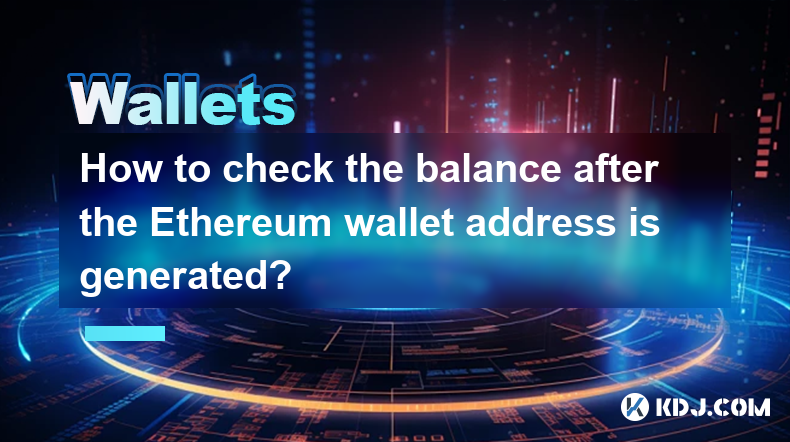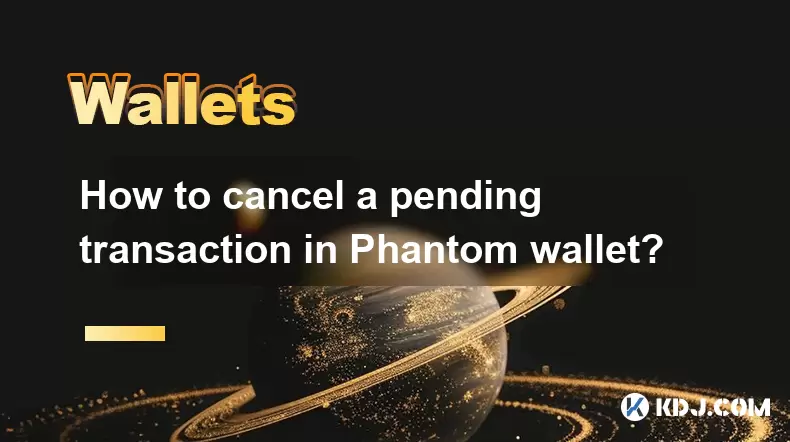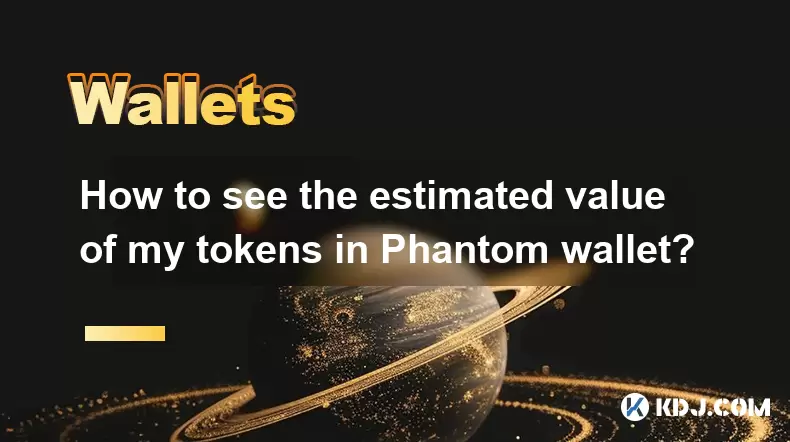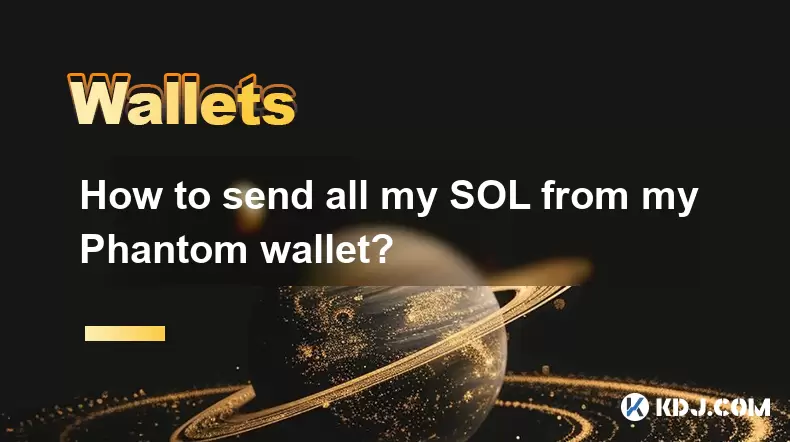-
 Bitcoin
Bitcoin $108,250.0992
0.11% -
 Ethereum
Ethereum $2,515.9404
0.03% -
 Tether USDt
Tether USDt $1.0003
0.00% -
 XRP
XRP $2.2166
-0.19% -
 BNB
BNB $656.5904
0.29% -
 Solana
Solana $147.4122
-0.58% -
 USDC
USDC $1.0000
-0.01% -
 TRON
TRON $0.2830
0.06% -
 Dogecoin
Dogecoin $0.1641
0.27% -
 Cardano
Cardano $0.5739
-0.19% -
 Hyperliquid
Hyperliquid $39.1463
-0.11% -
 Sui
Sui $2.8882
-0.02% -
 Bitcoin Cash
Bitcoin Cash $487.6428
0.31% -
 Chainlink
Chainlink $13.2097
0.07% -
 UNUS SED LEO
UNUS SED LEO $9.0308
0.10% -
 Avalanche
Avalanche $17.8608
0.13% -
 Stellar
Stellar $0.2379
-0.06% -
 Toncoin
Toncoin $2.7400
-0.39% -
 Shiba Inu
Shiba Inu $0.0...01144
-0.36% -
 Litecoin
Litecoin $87.5467
0.66% -
 Hedera
Hedera $0.1538
0.22% -
 Monero
Monero $315.5479
0.36% -
 Dai
Dai $1.0000
0.00% -
 Polkadot
Polkadot $3.3523
-0.71% -
 Ethena USDe
Ethena USDe $1.0003
0.01% -
 Bitget Token
Bitget Token $4.3960
-1.03% -
 Uniswap
Uniswap $7.2663
4.19% -
 Aave
Aave $272.8619
2.04% -
 Pepe
Pepe $0.0...09676
-0.18% -
 Pi
Pi $0.4586
-2.87%
How to check the balance after the Ethereum wallet address is generated?
To check your Ethereum balance, use a block explorer like Etherscan or your wallet's built-in balance display. These tools query the blockchain to show your ETH and ERC-20 token holdings at your unique wallet address.
Mar 20, 2025 at 02:15 pm

Key Points:
- Understanding Ethereum Wallet Addresses
- Methods to Check Ethereum Balance
- Utilizing Block Explorers
- Employing Ethereum Wallets
- Troubleshooting Balance Checks
How to Check the Balance After the Ethereum Wallet Address is Generated?
Generating an Ethereum wallet address is just the first step. Knowing how to check your balance is crucial. Your address, essentially a unique identifier, doesn't inherently display your balance. You need to use external tools to query the Ethereum blockchain and see how much ETH (Ether) resides at that address. This process involves interacting with the public ledger that records all Ethereum transactions.
Understanding Ethereum Wallet Addresses
Your Ethereum wallet address is a long string of alphanumeric characters, similar to a bank account number. It's publicly viewable and used to receive and send ETH and ERC-20 tokens. However, the address itself doesn't store your ETH; it simply points to a location on the Ethereum blockchain where your balance is recorded. This location contains information about your transactions and your current balance. Think of it as a postal address – it shows where to send things, not what's inside.
Methods to Check Your Ethereum Balance
There are several reliable methods to check your Ethereum balance. The most common are using block explorers and utilizing your wallet software directly. Both methods achieve the same result: accessing your balance on the Ethereum blockchain. The choice depends on your preference and the specific tools you are using. Each method offers a slightly different interface and features.
Utilizing Block Explorers
Block explorers are websites that provide a user-friendly interface to view information on the Ethereum blockchain. Popular examples include Etherscan and Blockscout. These explorers allow you to input your Ethereum address and instantly retrieve your balance, along with a transaction history.
- Go to a Block Explorer: Open a web browser and navigate to a reputable block explorer like Etherscan.io.
- Enter Your Address: Find the search bar and paste your Ethereum wallet address into it.
- View Your Balance: The explorer will display your current balance in ETH, along with other information like your transaction history.
Different explorers might present the data slightly differently, but the core information remains consistent across platforms. Always verify the explorer's legitimacy before using it to prevent scams or misinformation.
Employing Ethereum Wallets
Most Ethereum wallets, whether desktop, mobile, or web-based, offer a built-in balance display. This is usually the most convenient method as the information is readily available within the application you use to manage your funds.
- Open Your Wallet: Launch your Ethereum wallet software.
- Locate the Balance: Look for a section displaying your account balance. This is usually prominently displayed on the main dashboard.
- Check the Amount: The wallet will show your current balance in ETH and any other tokens you hold.
The specific location of the balance display varies depending on the wallet's user interface. Refer to your wallet's documentation or support resources if you cannot find it.
Troubleshooting Balance Checks
Sometimes, you might encounter issues checking your balance. Here are some common problems and their solutions.
- Incorrect Address: Double-check that you have accurately entered your Ethereum address into the block explorer or wallet. A single incorrect character can prevent the balance from showing.
- Network Congestion: During periods of high network activity, it might take some time for the balance to update. Wait a few minutes and try again.
- Wallet Synchronization: Ensure your wallet is fully synchronized with the Ethereum network. This is particularly important for desktop and mobile wallets.
- Recent Transactions: If you recently sent or received ETH, allow some time for the transaction to be confirmed and reflected in your balance.
Common Questions:
Q: My balance is showing zero, but I know I have ETH. What should I do?
A: Ensure your address is correct. Check the transaction history; the ETH might still be pending confirmation. If the problem persists, contact your wallet's support team.
Q: Are block explorers safe to use?
A: Reputable block explorers like Etherscan are generally safe. However, be cautious about entering your private keys or seed phrases on any website. Never share this information.
Q: How often does my balance update?
A: Your balance updates automatically as transactions are confirmed on the Ethereum network. The speed depends on network congestion.
Q: What if I lost my wallet access?
A: If you've lost access, recovering your funds depends on the type of wallet you used and whether you have a backup of your seed phrase or private keys. Contact your wallet provider for assistance. Without a backup, recovery is likely impossible.
Q: Can I check my ERC-20 token balances using the same methods?
A: Yes, most block explorers and wallets display balances for ERC-20 tokens, in addition to ETH. You'll usually find them listed alongside your ETH balance.
Disclaimer:info@kdj.com
The information provided is not trading advice. kdj.com does not assume any responsibility for any investments made based on the information provided in this article. Cryptocurrencies are highly volatile and it is highly recommended that you invest with caution after thorough research!
If you believe that the content used on this website infringes your copyright, please contact us immediately (info@kdj.com) and we will delete it promptly.
- Ruvi AI: The Avalanche of Returns Crashing into the Crypto Scene
- 2025-07-06 08:30:13
- XRP's Wild Ride: Is a Parabolic Bull Run on the Horizon?
- 2025-07-06 08:30:13
- Bitcoin, Suspicion, and Billions: Decoding the Crypto Whale Moves
- 2025-07-06 08:50:13
- Bitcoin's Price Discovery Quest: Rally Structure Under the Microscope
- 2025-07-06 08:50:13
- Dogecoin, Ripple, and the Banking License Quest: What's the Hype?
- 2025-07-06 09:10:12
- Bitcoin, Billion Dollars, and Suspicion: A Crypto Conundrum
- 2025-07-06 09:10:12
Related knowledge

How to cancel a pending transaction in Phantom wallet?
Jul 03,2025 at 07:21pm
Understanding Pending Transactions in Phantom WalletA pending transaction in the Phantom wallet occurs when a user initiates a transfer or interaction with the Solana blockchain, but it hasn't yet been confirmed by the network. This can happen due to various reasons such as low transaction fees, network congestion, or incorrect gas settings. It's import...

How to see the estimated value of my tokens in Phantom wallet?
Jul 04,2025 at 12:21am
What is Phantom Wallet?Phantom wallet is one of the most popular cryptocurrency wallets designed for the Solana blockchain. It allows users to store, send, receive, and manage various tokens built on Solana, including SPL tokens and NFTs. The wallet offers a user-friendly interface, making it accessible for both beginners and advanced users in the crypt...

How to lock my Phantom wallet extension?
Jul 03,2025 at 11:14am
What Is the Phantom Wallet and Why Lock It?The Phantom wallet is a popular non-custodial cryptocurrency wallet designed for interacting with the Solana blockchain. Supporting both browser extensions and mobile apps, Phantom allows users to store, send, receive, and stake SOL tokens, as well as interact with decentralized applications (dApps). Securing y...

Does Phantom wallet offer two-factor authentication (2FA)?
Jul 03,2025 at 09:00am
Understanding Phantom Wallet and Its Security FeaturesPhantom wallet is a widely used non-custodial cryptocurrency wallet that supports the Solana blockchain. It allows users to store, send, receive, and interact with decentralized applications (dApps) seamlessly. As security is a top priority for any crypto wallet user, security features like two-facto...

How to send all my SOL from my Phantom wallet?
Jul 06,2025 at 10:00am
Preparing to Send SOL from Your Phantom WalletBefore initiating any transaction, it is crucial to ensure that your Phantom wallet is fully set up and connected to the correct network. Phantom supports multiple networks, but for sending SOL, you must be on the Solana blockchain. Confirm this by checking the network indicator in the top-right corner of th...

What is "rent" on Solana and how does it affect my Phantom wallet?
Jul 02,2025 at 08:35pm
Understanding 'Rent' on SolanaIn the context of Solana, the term 'rent' refers to a storage fee that users pay for maintaining data on the blockchain. Unlike Ethereum, where storage costs are paid once via gas fees during contract deployment, Solana implements a recurring cost model to ensure efficient usage of network resources. This means that any acc...

How to cancel a pending transaction in Phantom wallet?
Jul 03,2025 at 07:21pm
Understanding Pending Transactions in Phantom WalletA pending transaction in the Phantom wallet occurs when a user initiates a transfer or interaction with the Solana blockchain, but it hasn't yet been confirmed by the network. This can happen due to various reasons such as low transaction fees, network congestion, or incorrect gas settings. It's import...

How to see the estimated value of my tokens in Phantom wallet?
Jul 04,2025 at 12:21am
What is Phantom Wallet?Phantom wallet is one of the most popular cryptocurrency wallets designed for the Solana blockchain. It allows users to store, send, receive, and manage various tokens built on Solana, including SPL tokens and NFTs. The wallet offers a user-friendly interface, making it accessible for both beginners and advanced users in the crypt...

How to lock my Phantom wallet extension?
Jul 03,2025 at 11:14am
What Is the Phantom Wallet and Why Lock It?The Phantom wallet is a popular non-custodial cryptocurrency wallet designed for interacting with the Solana blockchain. Supporting both browser extensions and mobile apps, Phantom allows users to store, send, receive, and stake SOL tokens, as well as interact with decentralized applications (dApps). Securing y...

Does Phantom wallet offer two-factor authentication (2FA)?
Jul 03,2025 at 09:00am
Understanding Phantom Wallet and Its Security FeaturesPhantom wallet is a widely used non-custodial cryptocurrency wallet that supports the Solana blockchain. It allows users to store, send, receive, and interact with decentralized applications (dApps) seamlessly. As security is a top priority for any crypto wallet user, security features like two-facto...

How to send all my SOL from my Phantom wallet?
Jul 06,2025 at 10:00am
Preparing to Send SOL from Your Phantom WalletBefore initiating any transaction, it is crucial to ensure that your Phantom wallet is fully set up and connected to the correct network. Phantom supports multiple networks, but for sending SOL, you must be on the Solana blockchain. Confirm this by checking the network indicator in the top-right corner of th...

What is "rent" on Solana and how does it affect my Phantom wallet?
Jul 02,2025 at 08:35pm
Understanding 'Rent' on SolanaIn the context of Solana, the term 'rent' refers to a storage fee that users pay for maintaining data on the blockchain. Unlike Ethereum, where storage costs are paid once via gas fees during contract deployment, Solana implements a recurring cost model to ensure efficient usage of network resources. This means that any acc...
See all articles

























































































